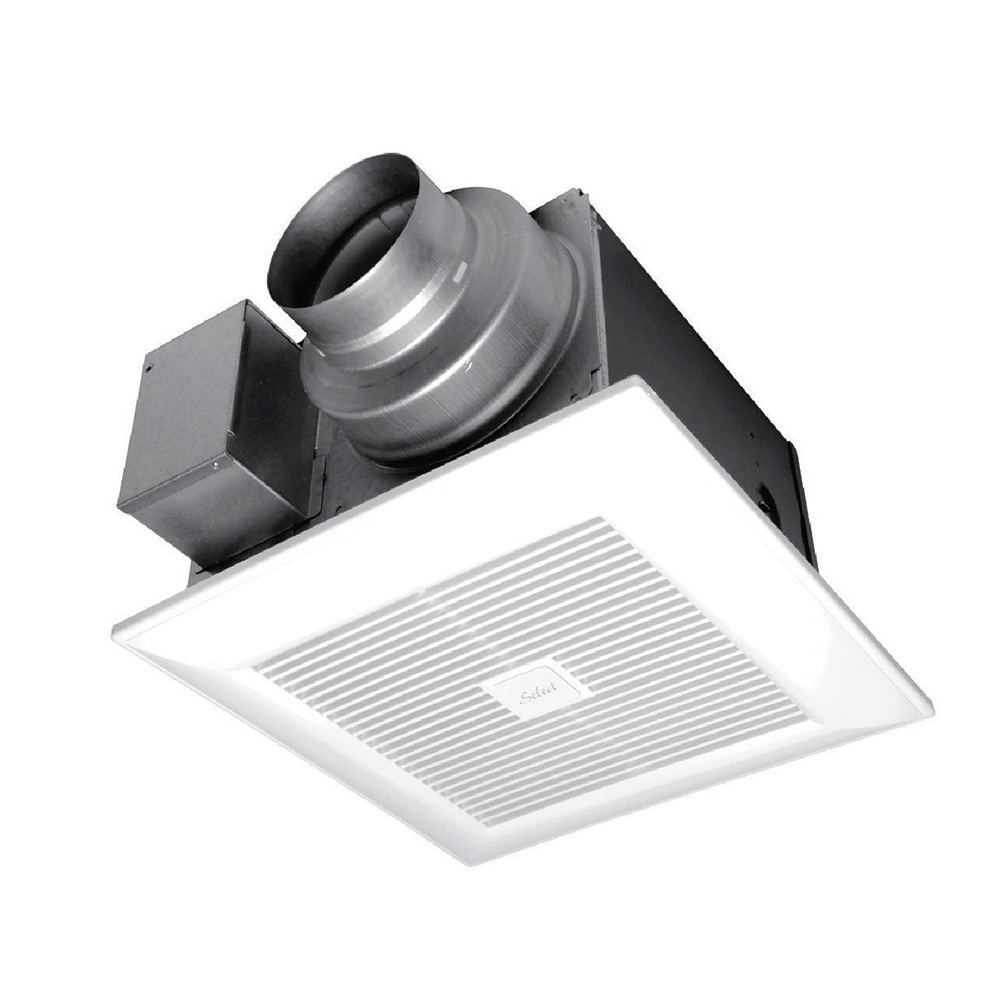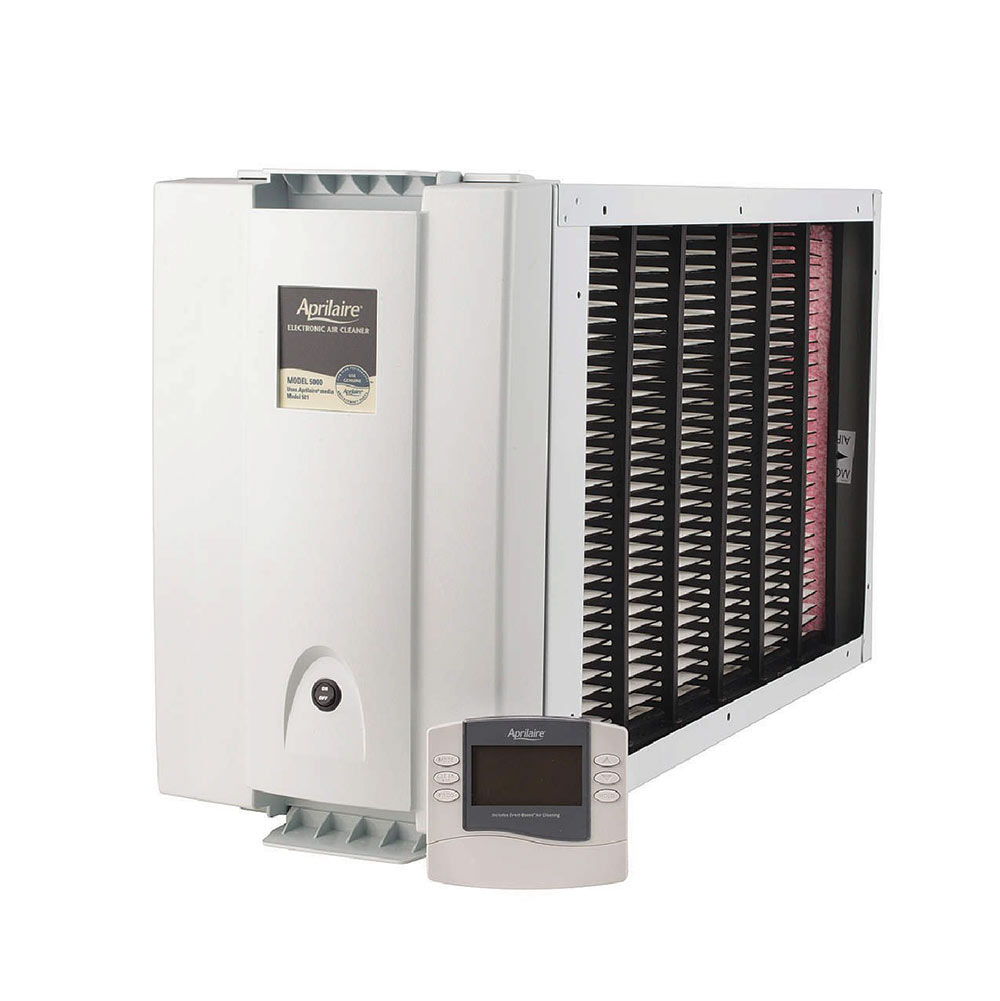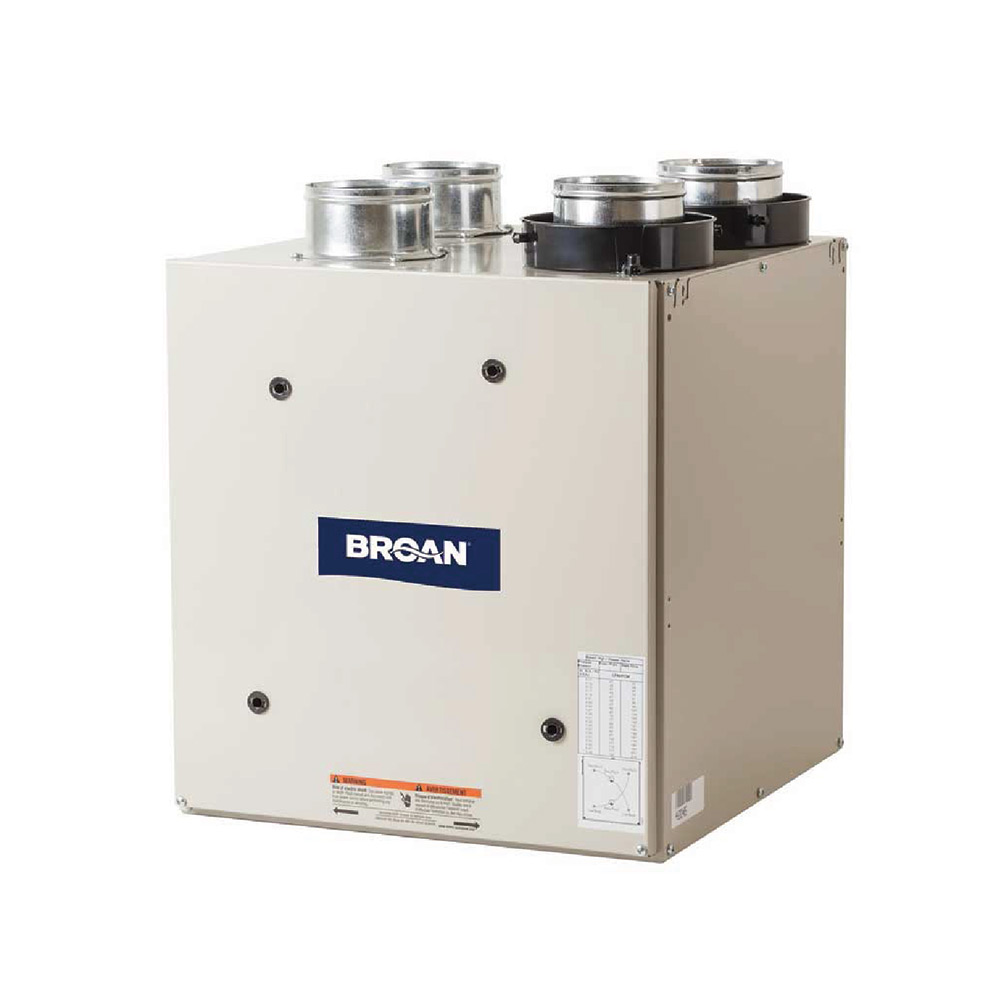Top 5 ways to breath cleaner air at home
For me, the symptoms start like most colds.
Congestion, sneezing, maybe a headache. By the end of the first week, I know it’s allergies. The causes of allergies are complex, but one of the biggest contributing factors, according to the U.S. EPA, is indoor air quality at home. If the air in your home is filled with allergens like pollen, dust and mold, your symptoms are bound to be worse.
Why is this important?
Aside from allergies, there are lots of reasons to take your indoor air quality seriously. For one thing, the same indoor air quality concerns that contribute to spring allergies are also linked with asthma in kids. Learn more from the American Lung Association. Another thing - As we get into wildfire season, our air quality in Oregon can become some of the worst in the nation. Taking steps to improve air quality at home can have real health benefits for you and your family.
what can you do about it?
0. Do things a little differently
It's important to be mindful of the small things you're doing to bring allergens into your home. Here are a few common sense recommendations. Encourage everyone to leave their shoes at the door. Don’t let pets in your bedroom, especially during allergy or wildfire season. Ask smokers to step outside. Regularly use a vacuum with a HEPA (high efficiency particulate air) filter. All of this adds up to make a difference for indoor air quality.
Estimated price: $0
1. Replace your air filters
The best practice is to check your air filter monthly and plan to replace it about every 3 months. If you have pets or smoke at home, you’ll need to change your filter more often. Air filters prevent dust and other particulates from circulating throughout your home. As the filter does its thing, it gets coated and eventually covered with the particulates its pulling from your air. When a filter hits capacity, it can significantly reduce air flow through your heating and cooling system – This means a drop in efficiency and corresponding increase in your energy bills. Change your filters!
Estimated price: $20-$40
2. Measure indoor air quality
Here at GreenSavers, we use an AirAdvice monitor to measure 6 common indoor air quality concerns: (1) particulate matter, (2) chemical off-gassing, (3) carbon dioxide, (4) carbon monoxide, (5) temperature, and (6) humidity. Here’s an example of the air quality report that you get. This testing is done as part of our home energy audit, which costs $400.
Estimated price: $400
3. Duct sealing, air sealing, and insulation
Make sure you have a clear separation between the inside and outside of your home with comprehensive air sealing and insulation.
Let’s focus on ducts. In a typical house, the U.S. DOE estimates that 20-30% of the air that moves through the duct system is lost due to leaks, holes and poorly connected ducts. If your return ducts are not sealed properly, then they’re pulling in dust and other particulates from the nooks and crannies of your home. The particulates are then distributed throughout the rooms of your home after passing through your furnace filter.
The same principle applies to your attic, walls and crawlspace. If you don’t have clear separation between, for example, the first floor of your home and the crawlspace underneath, then you’ll end up breathing a fair amount of air from the crawlspace. To protect your indoor air quality, it’s important to seal air leaks and insulate.
Estimated price:
Duct sealing: $900-$1.2K
Air Sealing: $700-$1.2K
Attic Insulation: $1.5K-$4K
Wall Insulation: $3.5K-$7K
Floor Insulation: $2K-$3K
3. Panasonic WhisperGreen Fan
Your choice of bath fan has a big impact on your ability to control indoor allergens, especially mold. We most often recommend the Panasonic WhisperGreen Fan, which is ENERGY STAR certified as one of the most efficient fans on the market. Our clients love it because it's also one of the quietest fans available, and it's fully automatic. The fan has a motion sensor that turns it on when you're in the bathroom, and it responds to the level of the humidity in the air, shutting off only after the optimal humidity level is reached in your home.
Estimated price: $600 - $1K
4. Aprilaire Electronic Air Purifier – Model 5000
To further improve your indoor air quality, consider a whole home air purifier, like the Aprilaire Electronic Air Purifier – Model 5000. When you install an air purifier, the air in your duct system runs through electrostatic HEPA filter. This hospital grade filter eliminates viruses and ultra-fine particles as small as 0.1 micron (120 times smaller than a human hair) from the air in your home.
Estimated price: $1K-$1.5K
5. Brone HRV
If your house feels too stuffy or too tight, one option is to install a heat recovery ventilator (HRV) like the Brone HRV80T. A HRV removes stale air from your home and replaces it with a continuous stream of fresh air. What sets an HRV apart from other ventilation systems is that it uses the heat from the stale exhaust air to preheat your fresh incoming air. This allows for a dramatic boost in energy efficiency.
Estimated price: $2.5K-$3K
CONCLUSION
To improve indoor air quality, you'll want to start by doing little things that keep allergens out of your home, like removing your shoes and keeping pets out of your bed. You'll also want to check your air filter monthly and replace it about every 3 months. Next, keep a clear separation between the inside and outside of your home with comprehensive air sealing, duct sealing, and insulation. When it comes to mechanical ventilation, you have different options depending on the concentration of allergens in your home and the sensitivity of the people who live there. Consider diagnostic air quality testing to better understand the type and severity of the air quality concerns in your home. Learn more about your options for HVAC in Portland and HVAC in Bend, Oregon.







